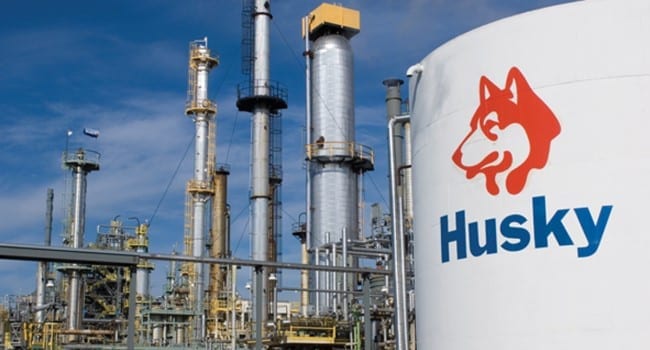Energy production in Canada declined in several sectors in October 2019, compared with the same month in 2018, according to Statistics Canada.
The federal agency said production of crude oil and equivalent products (-1.7 per cent), natural gas (-1.3 per cent), and coal (-9.3 per cent), as well as electricity generation (-3.3 per cent) declined in October compared with the same month in 2018.
Over the same period, exports of crude oil and equivalent products (+0.7 per cent) rose, while exports of natural gas (-4.6 per cent) and electricity (-9.6 per cent) were down, it said.
“Ongoing maintenance at some Alberta upgraders was the primary factor in the decline. During the month, synthetic crude oil production was down 18.7 per cent to 4.4 million cubic metres, the lowest level since September 2018. Production of heavy crude oil (-3.0 per cent) and equivalent products (-1.1 per cent) also decreased in October,” stated the federal agency.
“The overall decline in production of crude oil and equivalent products was partially offset by a 12.2 per cent increase in light and medium crude oil production to 4.7 million cubic metres.
“This gain was attributable to higher post-maintenance production at offshore facilities in Newfoundland and Labrador. Crude bitumen production (+2.2 per cent to 9.8 million cubic metres) was also up in October, driven by higher levels of in-situ production.”
StatsCan said Alberta produced 18.3 million cubic metres of crude oil and equivalent products in October, down 4.9 per cent compared with the same month in 2018, primarily because of a decline in oil sands extraction. Alberta accounted for 79.4 per cent of total Canadian crude oil production.
Average daily production of crude oil and equivalent products in Alberta was down 1.2 per cent from the previous month to 591.2 thousand cubic metres. This was the second consecutive monthly decline and the lowest average daily production level in five months, added Statistics Canada.
It said Saskatchewan (10.3 per centof total production) and Newfoundland and Labrador (6.8 per cent) were also key producing provinces in October.
“Pipelines in Canada received 20.8 million cubic metres of crude oil and equivalent products from fields and plants in October, down 6.6 per cent from the same month in 2018. The majority of these receipts (86.4 per cent) originated in Alberta,” said the report.
“During the month, crude oil delivered by pipelines to Canadian refineries and upgraders was up 10.7 per cent year over year to 8.5 million cubic metres, the majority of which (68.7 per cent) was delivered to refineries and upgraders in the western provinces.
“Opening inventories of crude oil and equivalent products held in Canadian facilities totalled 18.0 million cubic metres in October. During the month, inventories decreased 2.5 per cent to close at 17.6 million cubic metres, because of lower volumes held at fields and plants (-11.1 per cent) and refineries (-4.8 per cent). Inventories held by transporters edged up 0.4 per cent in October.
“Exports of crude oil and equivalent products rose 0.7% year over year to 18.0 million cubic metres in October. Exports to the United States by pipelines increased 2.6% to 15.4 million cubic metres and accounted for 85.3% of total exports. Over the same period, exports to the United States by other means (rail, truck and marine) edged up 0.1% to 2.3 million cubic metres, while exports to other countries were down.
“Imports of crude oil and equivalent products, which tend to be volatile, rose 22.2% to 3.8 million cubic metres in October, the third consecutive monthly year-over-year increase.”
The views, opinions and positions expressed by columnists and contributors are the author’s alone. They do not inherently or expressly reflect the views, opinions and/or positions of our publication.

